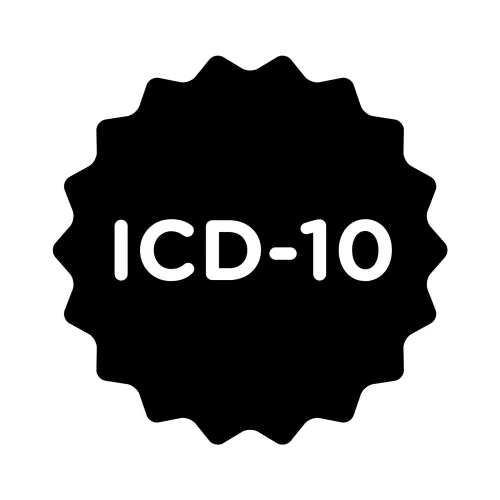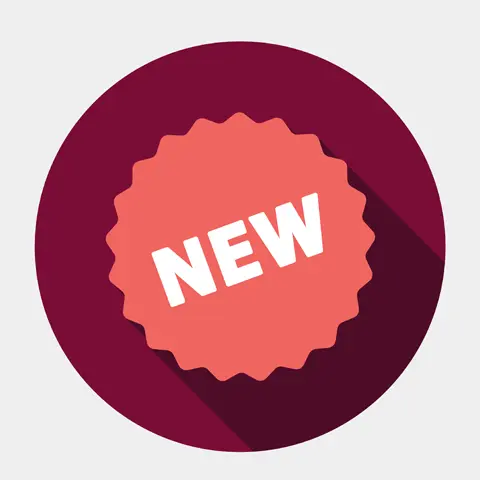Check Your Answers to Our Coding Changes Quiz
Once you’ve answered the quiz questions on page 3, compare your answers with the ones provided below. Answer 1: Counting the data element for medical decision making (MDM) can create a lot of confusion for coders. In this scenario, you should apply the MDM guideline that states, “each unique test, order, or document contributes to the combination of 2 or combination of 3 in Category 1.” Typically, the review of test results is considered part of the test order because the provider orders the test, which is then reviewed by the same provider. However, you can make an exception here if an external source orders the test, but your podiatrist reviews it. Note that “external” means outside your provider’s practice and “source” refers to each source reviewing the data, not each piece of data reviewed. You can count the review as a data point in this situation for your levelling calculations if your podiatrist reviews an outside test ordered by an external provider. You cannot count an order or review in the evaluation and management (E/M) calculation if you have billed for a test separately with a CPT® code. “You don’t want to double-dip,” cautioned Leonta “Lee” Williams, MBA, RHIA, CCS, CCDS, CPC, CPCO, CRC, CEMC, CHONC, AAPC’s director of education and a healthcare management consultant for Karna, LLC, in her HEALTHCON Regional 2022 presentation “Counting of Data.” Answer 2: Prior to 2023, you would use 99242 for an office/ outpatient consultation typically lasting 30 minutes (New or established patient office or other outpatient consultation services … typically, 30 minutes are spent face-to-face with the patient or family). However, CPT® has changed the office/ outpatient consultation codes to align with the four levels of office/outpatient E/M codes reported with 99202-99215 (Office or other outpatient visit for the evaluation and management of a new/established patient …). So, beginning Jan. 1, 2023, you’ll report one of the following: Note that the times for the office and outpatient consultation codes are no longer “typical,” but “total” times to be “met or exceeded.” In this particular encounter, as both the MDM level (low) and total time (30 minutes) thresholds have been met, the correct CPT® code for this encounter is 99243. Answer 3: Many healthcare providers now consider social factors that determine their patients’ health in their ability to comply with their treatment and plan of care. Nineteen new Z codes that apply to societal circumstances directly affecting a patient’s health went into effect Oct. 1, 2022, expanding the codes available to reflect social barriers to healthcare. One example affecting podiatry specifically relates to diabetic patients complying with their recommended diet to improve symptoms such as peripheral neuropathy or hyperglycemia that increases risk of infection to wounds. Additionally, a diabetic patient may not be able to afford making healthy food choices, relying on cheap foods or food banks that often provide sugar-laden cereals and high-carbohydrate items like boxed macaroni and cheese that are cheap. In this situation, you could use the new code Z91.110 (Patient’s noncompliance with dietary regimen due to financial hardship). Other new SDoH codes relating to noncompliance and barriers to healthcare that went into effect as of Oct. 1, 2022 include: Know Why the Codes Are Important “Initially, we were catching some Z codes, although the sample size was not large enough to identify health disparities. What we have since learned has validated what we only knew in working daily with our patients and hearing their stories,” according to Karen Bartrom, MSN, RN, CCM, director of clinical integration at Cameron Memorial Community Hospital, Angola, Indiana. However, the reports they developed after significantly increasing SDoH code utilization “confirmed that our new community-based programs focusing on mental health and life-cycle transitions are our greatest opportunities.” Click here to go back to the quiz.




